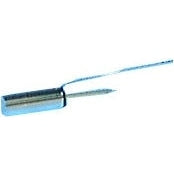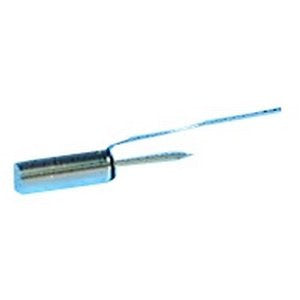
Tilt Switches: Sensing Orientation and Movement
-
Function:
- Tilt switches detect changes in orientation or inclination, triggering a response when tilted beyond a specific angle.
- They act as a switch, opening or closing an electrical circuit based on the tilt angle.
-
Types:
- Mercury Tilt Switches: Contain a small amount of mercury that moves to complete or break a circuit when tilted.
- Ball-in-Tube Tilt Switches: Use a metal ball that rolls to make or break contact.
- Solid-State Tilt Switches: Employ electronic sensors for detecting tilt without moving parts.
-
Applications:
- Used in safety and security devices, automotive sensors, and consumer electronics.
- Common in applications like tip-over protection in portable heaters and user-interface controls in toys.
-
Advantages:
- Simple design and easy to use.
- Mercury switches are highly sensitive and accurate.
- Solid-state switches offer durability and longer life due to no moving parts.
-
Considerations:
- Mercury tilt switches are being phased out in many regions due to environmental concerns.
- The choice between types depends on the required sensitivity, durability, and environmental considerations.
-
Mounting:
- Typically mounted so that the change in orientation relative to gravity activates the switch.
-
Sensitivity and Accuracy:
- Varies based on the design; some tilt switches can detect very small changes in angle.
-
Safety and Environmental Impact:
- Solid-state switches are more environmentally friendly compared to mercury switches.
Tilt switches are essential components in various applications where detecting orientation or inclination is necessary, offering a range of options to suit different technological and environmental needs.

